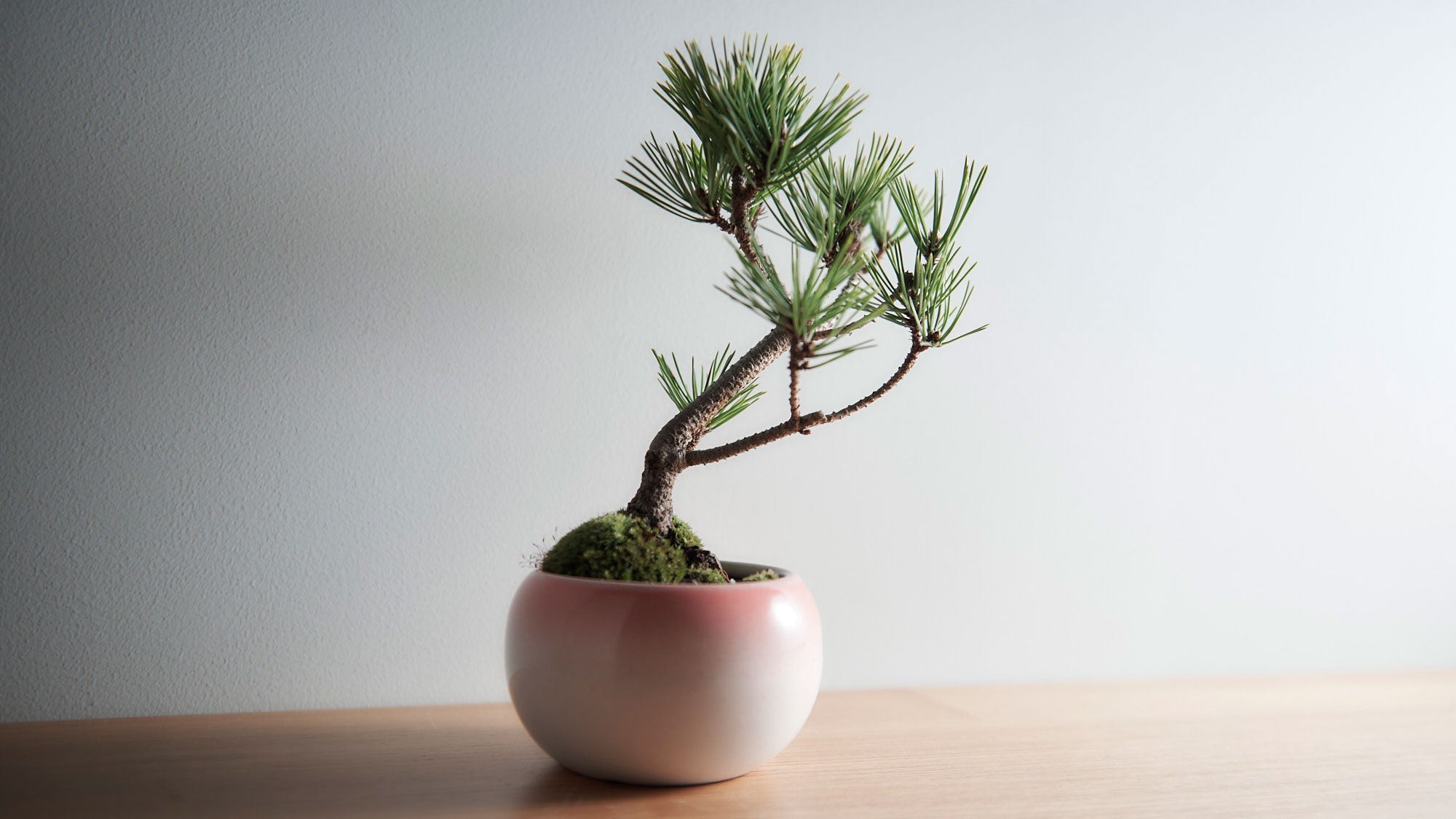
Keshiki Bonsai: Create Your Own Miniature Landscape
Written by Team MUSUBI
Imagine holding a peaceful forest path or a sunlit hilltop in the palm of your hand. That’s the magic of keshiki bonsai.
Keshiki means "landscape," and this style of bonsai invites you to design your own miniature version of nature’s beauty. For anyone fascinated by bonsai but unsure where to start, keshiki bonsai offers a welcoming and beginner-friendly gateway into this timeless Japanese tradition.

Tucked away in a quiet corner of Jiyugaoka, sinajina feels like a hidden garden. Its wooden pathway runs through lush greenery and colorful blooms, all set against the soft shimmer of a metallic wall. Under the warm and humorous guidance of bonsai artist and instructor Kobayashi Kenji, Team Musubi had the chance to create a tiny green oasis—a mix of creativity, nature’s charm, and a good dose of patience. One of our staff members took on the delightful challenge of making her very first bonsai.
Whether you’re a curious beginner or a long-time admirer of bonsai, sinajina is the perfect place to explore a world of calm and creativity.
Table of contents
What is Keshiki Bonsai?

Bonsai, cherished in Japan for centuries, is renowned for its intricate beauty and deep connection to nature. When people think of bonsai, they often picture centuries-old pine trees, artfully twisted and planted in heavy pots, with layers of plush moss and carefully arranged rocks. Traditionally, a tree was considered a true bonsai only after 50 years of dedicated care. This benchmark reflected the deep bond between the caretaker and the tree, as nurturing bonsai often required decades of patience and expertise.
While captivating, these qualities can make bonsai feel distant and a bit intimidating for beginners. Its association with expert techniques, meticulous care, and long-term commitment often adds to this perception.

Keshiki bonsai offers a refreshing perspective. It focuses on crafting small, natural scenery that are easier to care for and perfectly suited for modern living spaces. According to Kobayashi sensei, bonsai’s evolution into smaller, more accessible forms began about 20 years ago, targeting younger audiences and urban lifestyles. These miniature landscapes bring the beauty of nature closer to everyday life, offering a playful and approachable introduction to the world of bonsai.
Bonsai 101: Tools and Materials
As we arrived at sinajina, the table was thoughtfully prepared with all the essentials for our workshop.

Tools and materials included the following:
- A variety of colorful pots in different shapes and sizes
- Bowls filled with various types of soil and sand
- A spray bottle for watering
- Basic bonsai tools for pruning, shaping, and mixing soil
- A turntable to style the bonsai from every angle
- A tray filled with various small plants


Seeing everything neatly arranged sparked excitement—it felt like stepping into the shoes of a bonsai artist, ready to create a miniature masterpiece.
Creating Your Miniature Landscape
Step 1: Selecting Your Pot and Plant
Kobayashi sensei encouraged our staff member to think like a stylist, choosing a pot that matched her personal taste and home decor. The same approach applied to selecting the plant that would be the main element of her small bonsai. "Go with your first impression," he said with a smile. After several minutes of serious contemplation, our art director, Yamashita-san, chose a charming round pink ceramic pot and a sturdy Japanese white pine (goyomatsu) with a powerful yet poised presence.

Kobayashi sensei explained that bonsai plants generally fall into three categories:
Evergreens (shohaku): Year-round greens like pine trees that are resilient and timeless.

Flowering and fruiting plants (hanamono and mimono): These add seasonal charm with blossoms and charming small fruits.

Deciduous plants (hamono) : Known for their vibrant spring leaves and autumn foliage, they embody the changing seasons.

The 7:3 ratio—70% plant to 30% pot—is a key principle for creating balance in bonsai design, a tip to keep in mind when choosing your pot and plant. Kobayashi sensei did reassure us that larger pots can add stability without compromising beauty.
Step 2: Preparing the Soil and Base
Preparation began with a layer of drainage mesh placed at the bottom of the pot to ensure proper drainage along with a one layer of drainage stones.


Next came the making of the potting mixture that includes small-grain akadama (nutrient-rich), Kiryu sand (moisture-retentive and acidic), Fuji sand (volcanic ash from Mount Fuji with high moisture-retention) and keto (peat clay) which is made from decomposed plants. A small amount of slow-release fertilizer is also added, providing nutrients gradually over the course of a year.

“Bonsai soil is odorless because it doesn’t rely on fermentation,” Kobayashi sensei explained. “This prevents pests and ensures a clean base for the plant to thrive.”
This mixture is combined by hand in a bowl, gently and carefully blended with your fingertips. As Kobayashi sensei pointed out, the potting mixture was indeed odorless, lacking the distinct moist, slightly moldy scent often associated with soil from flower pots or gardens.

Step 3: The Roots
To prepare the plant for potting, the roots must first be carefully unraveled. Using tweezers, gently comb through the roots, starting from the center and working your way outward toward the tips. This process loosens any compacted soil and untangles the fine strands, allowing the roots to spread evenly in the pot.

Kobayashi sensei explained that unlike flowers, it’s actually beneficial to touch the trunk and branches of bonsai trees. The natural oils from human hands help repel unwanted pests that could damage the plant. As you work, turn the plant slowly in your hand, inspecting it from all angles to ensure the roots are evenly separated and free of any excess soil.

Interestingly, the outer white layer of the roots, known as symbiotic fungus, plays a vital role in the plant’s health. Kobayashi sensei mentioned that in red pines (akamatsu), this fungus can even grow into matsutake mushrooms in the wild, showcasing the intricate relationship between bonsai and its environment.
Once the roots are untangled and the soil gently brushed away, trim any root tips that are excessively long. The roots should be about the same length as the plant's height. This step not only helps the bonsai adapt to its new home but also enhances its overall stability and aesthetic balance.

Step 4: Arranging the Landscape

Placing the pine in the pot requires careful attention to balance and flow. Each angle reveals a different expression of the plant’s character. Kobayashi sensei advised setting the tree slightly off-center to create a visually dynamic composition. Once positioned, the soil was gently packed around the roots, and the surface was smoothed.

Step 5: Adding Finishing Touches

Finally, moss and small stones were added to complete the scene. “Moss has a natural flow,” Kobayashi sensei explained, “and placing it so it ‘runs downhill’ mimics how it grows in the wild.” The moss was tucked neatly into the edges of the pot, creating a lush green landscape. With the addition of a few decorative stones, our miniature world was complete.


Taking Your Bonsai Home
With a final spray of water and a quick wipe of the pot, our first keshiki bonsai was ready. Kobayashi sensei left us with some tips to keep the bonsai healthy and thriving.

- One year in a bonsai’s life can be compared to one day in a person’s life, highlighting its natural rhythm. Spring is like the morning, when the bonsai awakens, buds emerge, and new growth begins, supported by essential nutrients. Summer represents midday, a time when growth slows as the bonsai conserves energy in the heat. In autumn, like the evening, the bonsai winds down, shedding its leaves in preparation for rest. Finally, winter mirrors midnight, a period of deep dormancy where the bonsai conserves energy for the cycle to begin again in spring.
- Use a fine spray bottle for watering, ensuring the moss and roots stay hydrated without overwatering.
- The moss and decorative elements can be refreshed every six months or so to keep your bonsai vibrant.
- If needed, repot your bonsai every 2–3 years to maintain its health.

A Special Experience
Crafting keshiki bonsai was not just a time of creation but also a moment to connect with nature. Kobayashi sensei emphasized the importance of appreciating seasonal changes and the quiet joy of caring for something alive. “When you nurture plants, you notice new things—not just about them, but about yourself and the people around you,” he reflected.

Having studied bonsai in Portland, Oregon, under the guidance of renowned bonsai master Furukawa Masahiro, Kobayashi sensei welcomes international participants to his workshops. His lessons are both informative and accessible, making them an excellent opportunity for anyone interested in the world of bonsai, regardless of language barriers.


In the heart of Tokyo, finding a peaceful oasis can be a challenge. But at sinajina, you can discover a unique experience that is an inspiring way to bring a touch of greenery into your home and a sense of calm into your daily life.
sinajina
2-35-13 Okusawa, Setagaya-ku, Tokyo, Japan, 158-0083



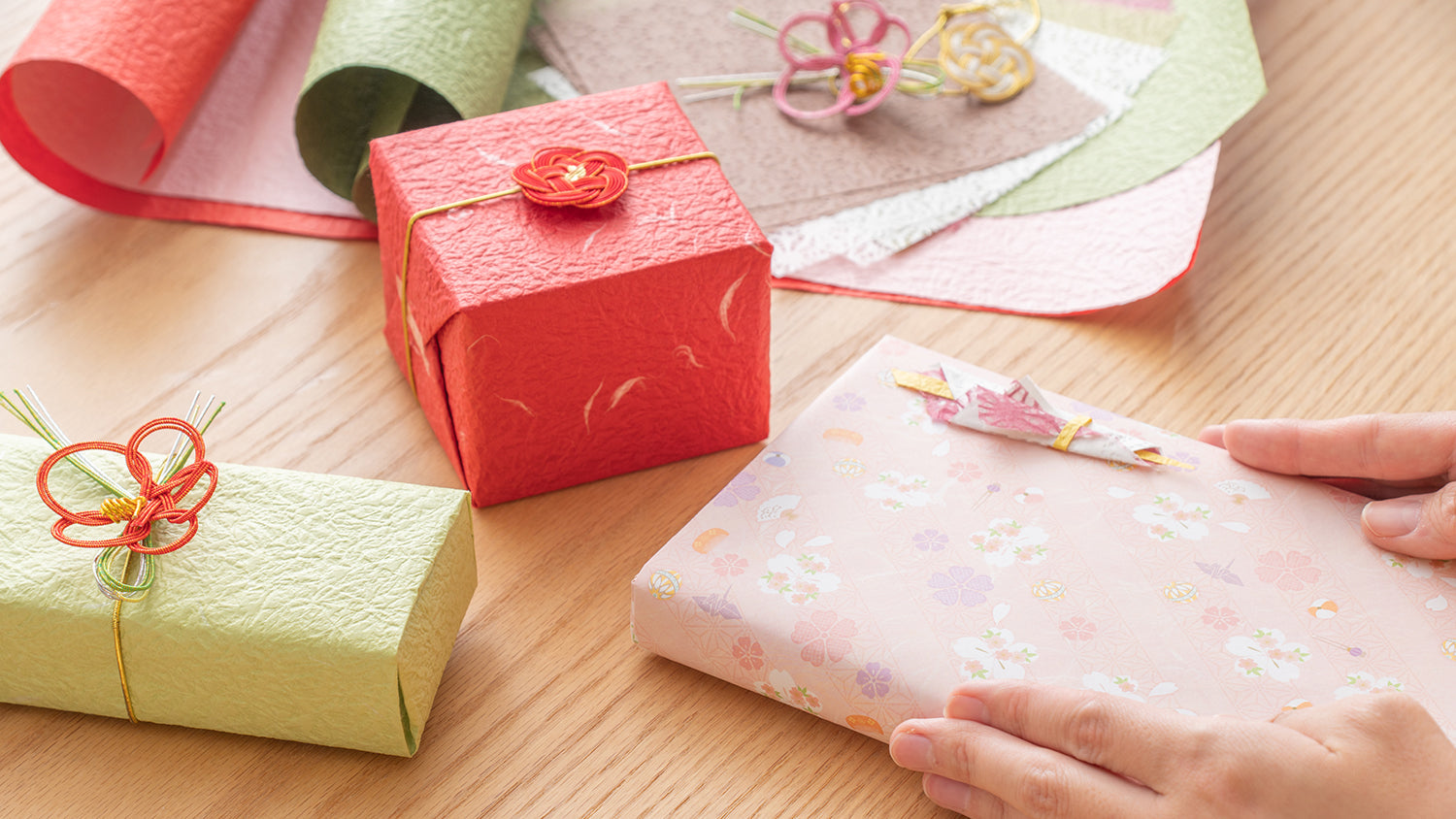

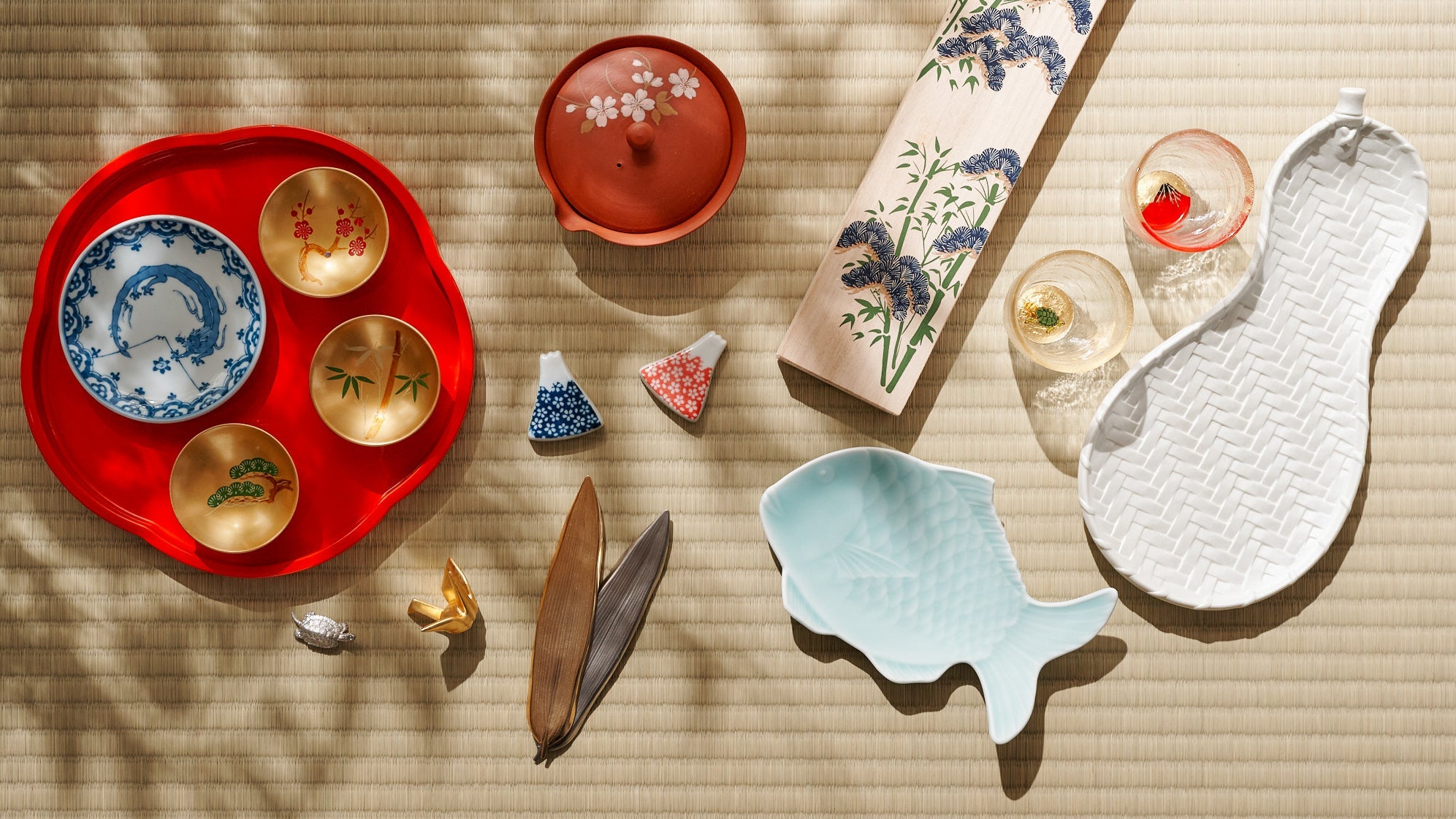
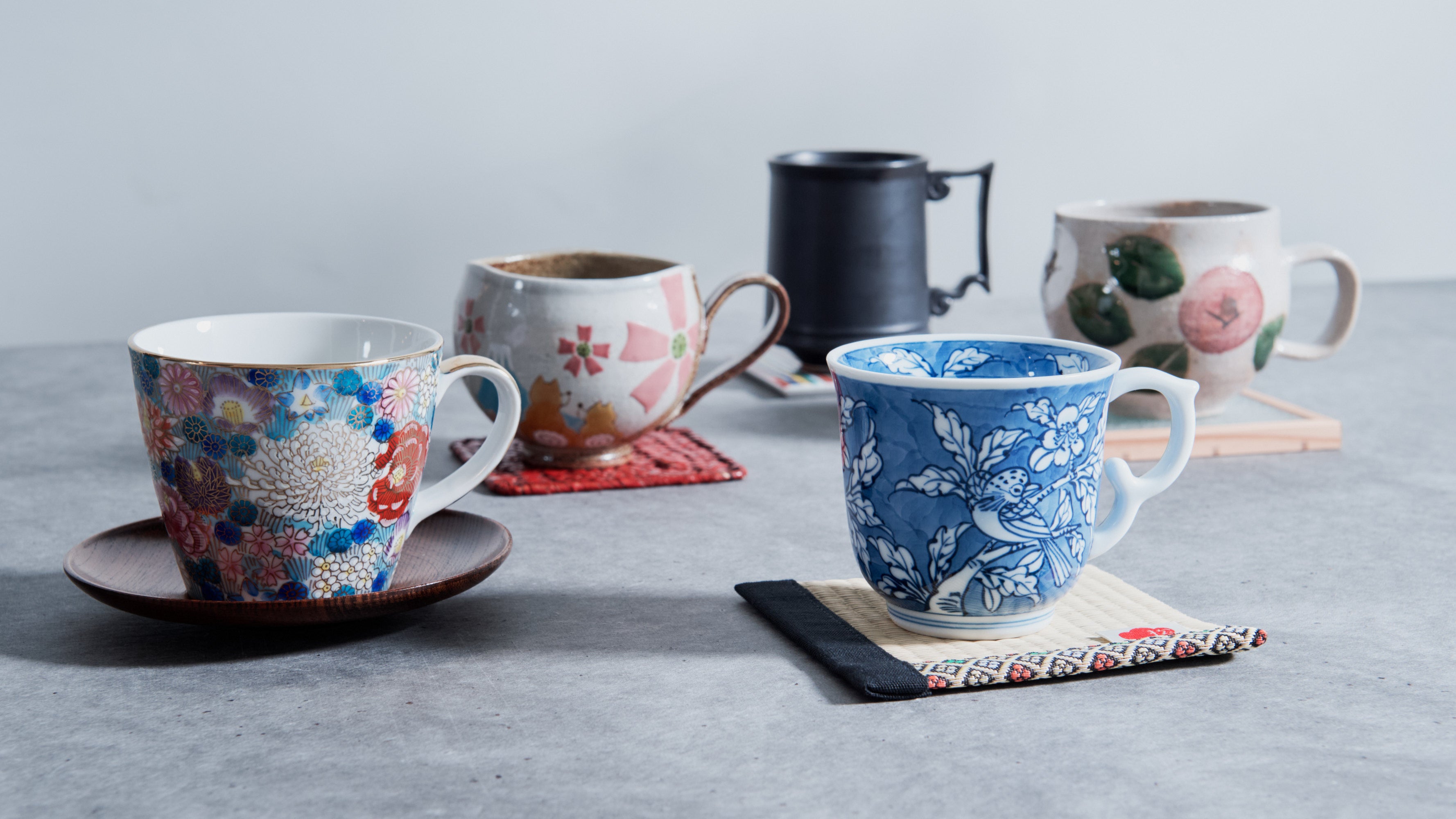
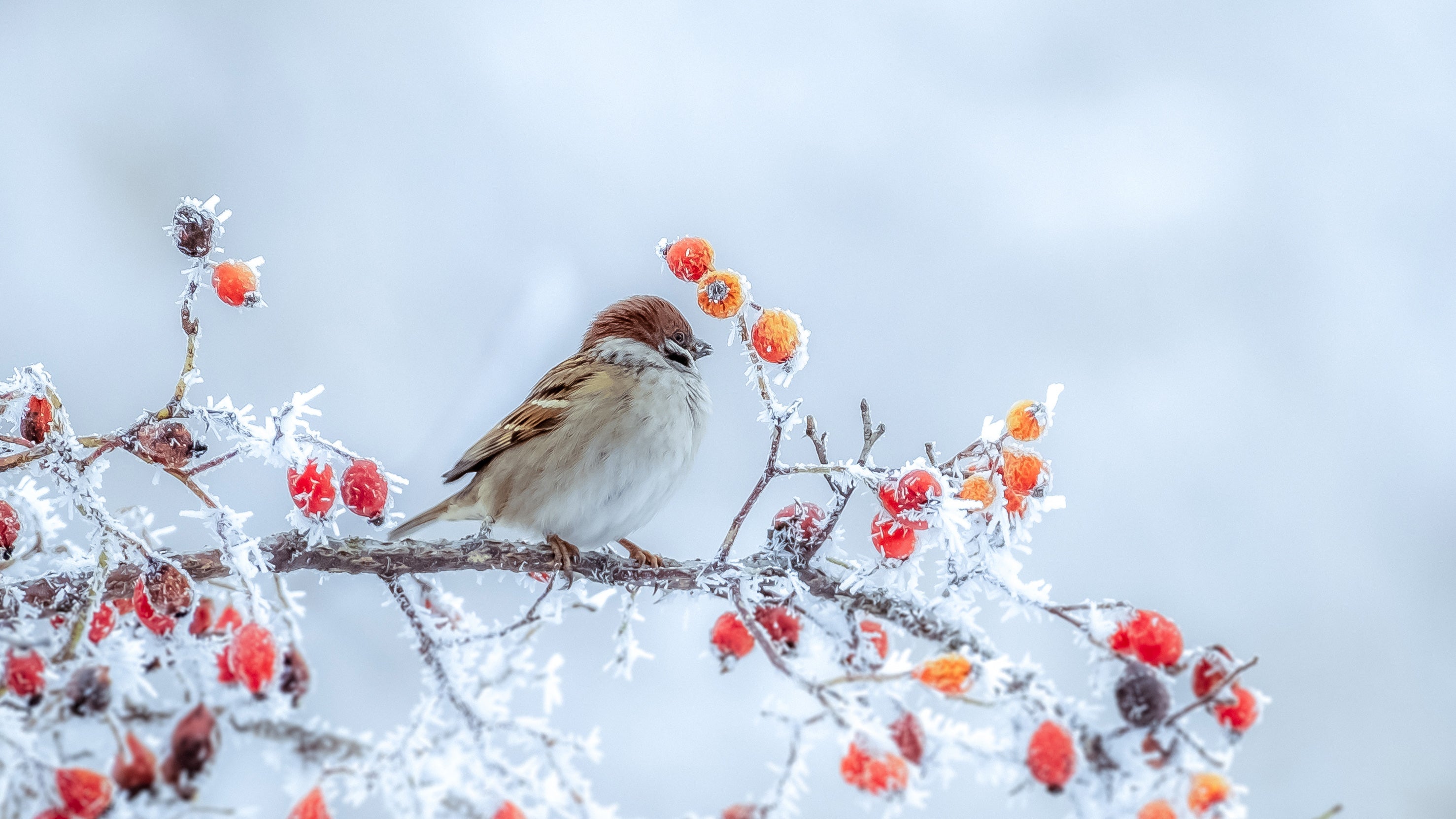
4 comments
@Rose – So nice to hear that you liked this journal. How lovely that you already have a couple of bonsai indoors. They’re such a beautiful way to connect with the changing seasons, and there’s something incredibly calming about watching them grow little by little each day. Thank you for reading and for sharing your love of bonsai with us.
Team Musubi
@William – We’re so glad to hear you enjoyed the article. Caring for bonsai can definitely be a challenge—as we found out ourselves during the lesson! But it’s great to know that some of the tips resonated with you in hindsight. We’ll be sending a few helpful hints to your email, all directly from Kobayashi sensei. We hope they help guide you on your next bonsai adventure. Thank you for your kind comment!
Team Musubi
I loved this article!! Thank you!! I love bonsai and have a couple indoors.
Rose Rojas
This was such a great read! Thank you. I’ve always been interested in bonsai but have never had luck with it. There are some things that were mentioned here that in retrospect, I should have done differently.
With this smaller variation, with the trees thrive if kept indoors?
William Saad
Leave a comment
This site is protected by hCaptcha and the hCaptcha Privacy Policy and Terms of Service apply.